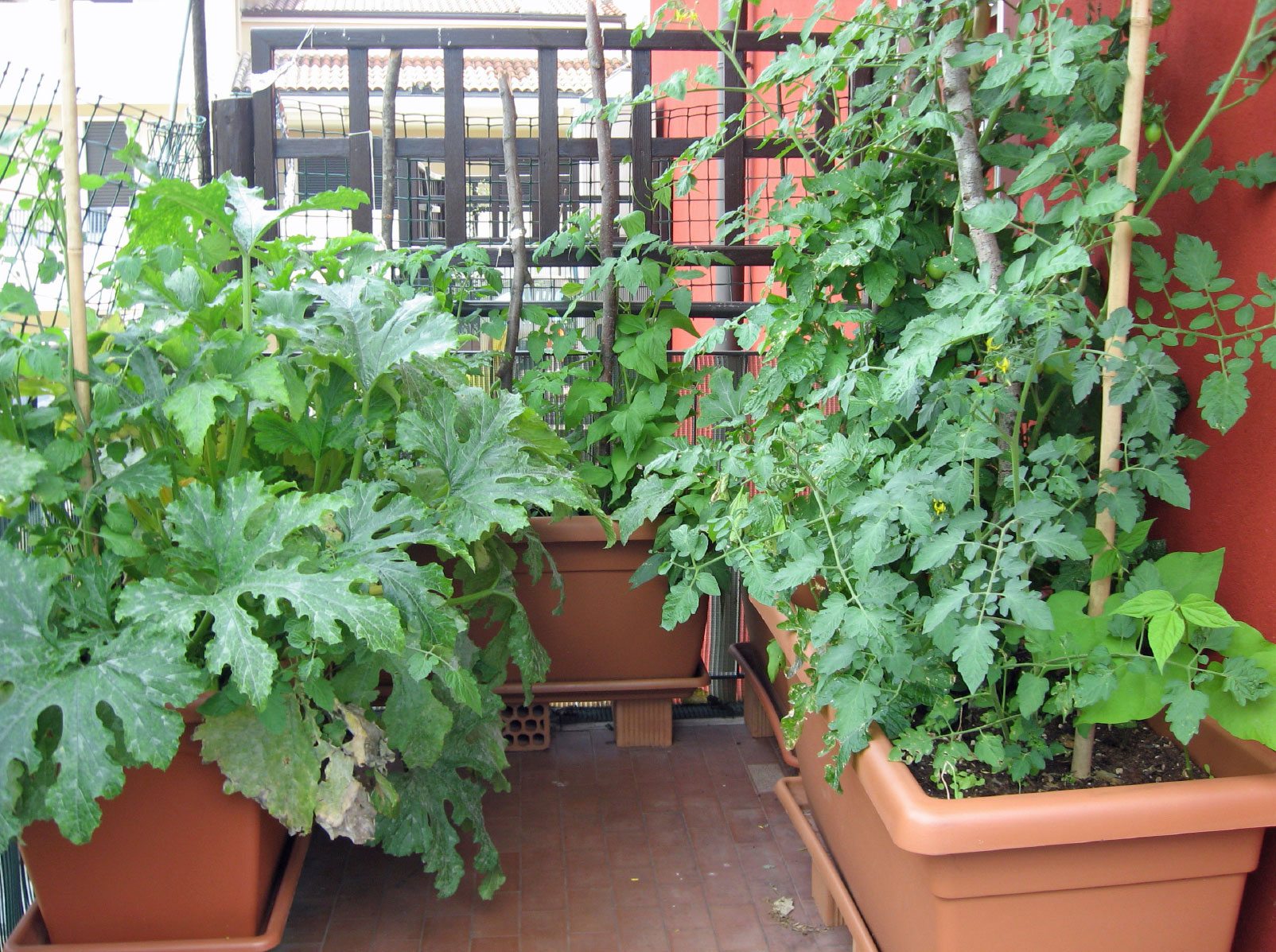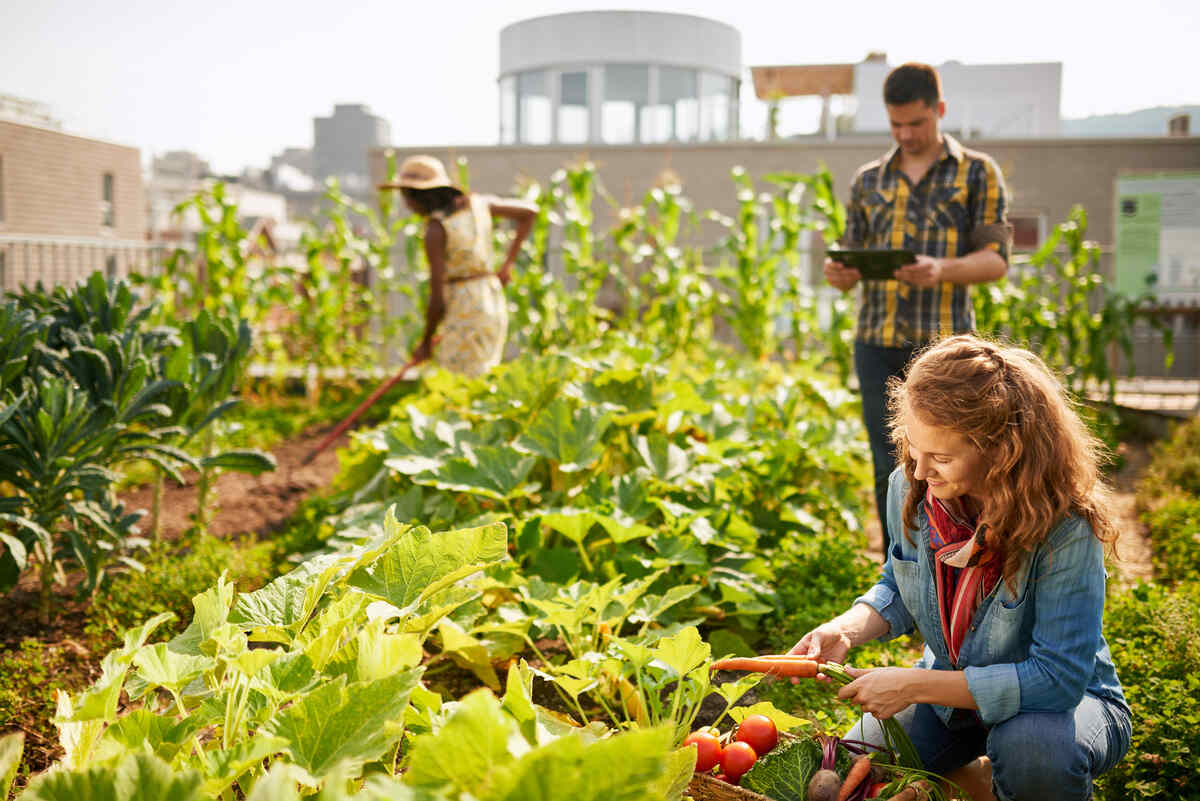The Best Guide To City Blooming
The Best Guide To City Blooming
Blog Article
9 Easy Facts About City Blooming Described
Table of ContentsLittle Known Questions About City Blooming.3 Easy Facts About City Blooming ShownFascination About City BloomingSome Known Details About City Blooming The Basic Principles Of City Blooming
Fascinated in expanding food available in the City of Chicago? Considering starting a neighborhood yard? Adjustments to the Chicago Zoning Statute permit farming uses like neighborhood gardens and metropolitan ranches in many components of the city. Below is a list of regularly asked questions relating to the rules and regulations that growers must think about when planning a city farming project.
The zoning amendment does not modify any kind of other codes managing composting, building authorizations, buying or leasing City possessed residential or commercial property, organization licenses or ecological contamination. There are existing codes that manage these issues and they stay in complete impact and may apply to your project. Area yards are generally possessed or taken care of by public entities, civic organizations or community-based organizations and preserved by volunteers.
Urban farms expand food that is planned to be offered, either on a nonprofit or for-profit basis. Due to their business objective, metropolitan farms need a company license.
10 Simple Techniques For City Blooming
Composting is permitted yet just for plant product that is produced and utilized on site. The amount of compost product can not surpass 25 cubic yards at any offered time according to the requirements in 7-28-715 of the City's Municipal Code. Yes. Since the soil at a lot of new yard websites requires changing, compost, dirt, timber chips, or other materials can be acquired to build or boost the expanding room - sustainable gardening.

If a building license is called for then the hoophouse will be thought about an accessory building. You can figure out more regarding the building license needs by calling the Department of Structures. The 25,000-square-foot dimension limit is planned to avoid a solitary neighborhood yard from dominating a given block or taking away from the block's existing domestic or industrial personality.
The limit does not put on yards found in Public Open Space (POS) areas. Can there be greater than one community garden that is 25,000 square feet on a single block? Yes. The size restriction relates to specific gardens, not to specific blocks. No. Fencing is not needed, nonetheless, yards that have big parking lot might be required to mount fencing or various other landscape design features.
About City Blooming
B1 & B2 districts require that all industrial use activities be conducted indoors. R districts limit business task. The policies reflect the function and intent of the Zoning Code. Is fencing needed for urban farms? Yes. Fences might be required, along with landscape design and testing, for specific car parking locations and exterior job or storage space areas depending on area and the certain activity occurring.
Urban ranches require structure licenses and zoning approvals prior to building and construction (indoor plants). Various other kinds of city evaluation may be called for depending on particular structures, tasks, size, landscape design, licensing, public health and stormwater management problems.
Yes. The kind of license is determined by what is happening at the website. The Division of Service Affairs and Consumer Protection can assist figure out the particular type of business permit that's needed. Yes. Off street vehicle parking is required for many industrial tasks in Chicago. The needed number of garage is based on the variety of employees servicing Recommended Reading website and not the square footage of the expanding space.
The 8-Minute Rule for City Blooming

A city farm can market compost material created on site, nevertheless, the operation has to abide with the policies in 7-28-715 of the Chicago Municipal Code. Aquaponic systems are allowed inside your home on urban farms in lots of zoning districts.
Up to 5 hives or colonies of honey might be kept as an accessory use. Beekeepers should register with the Illinois Department of Agriculture. For more information concerning the suggested zoning modification you might contact the Department of Real Estate and Economic Development, Bureau of Planning and Zoning at 312.744.8563.
, which takes place in country locations at the side of suburbs.
The Buzz on City Blooming
It can involve a movement of organic cultivators, "foodies" and "locavores", who look for to create social networks founded on a shared ethos of nature and area holism. These networks can establish by way of official institutional support, ending up being integrated right into local town as a "shift town" motion for lasting metropolitan development.
Some of the first evidence of urban agriculture comes from Mesopotamia.
Report this page